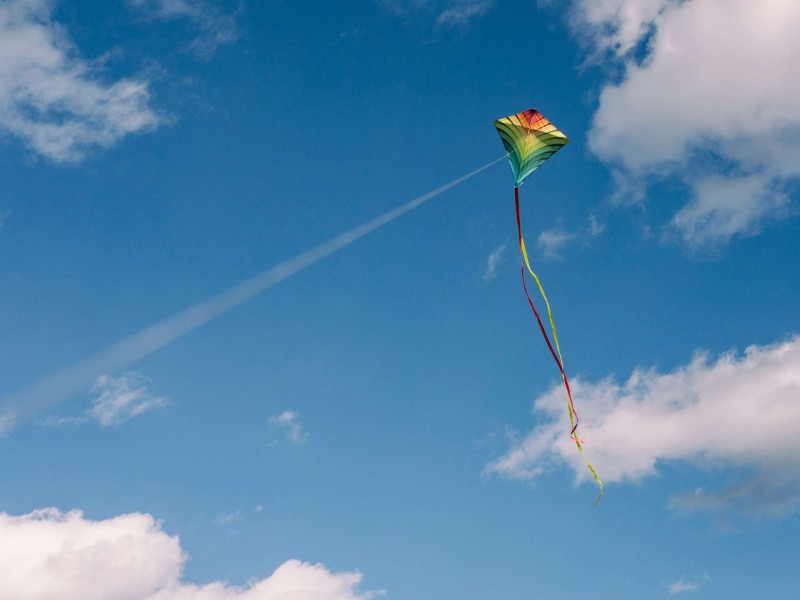For many, kitesurfing is the epitome of thrilling water sports. The blend of sky and sea under your control, the feeling of gliding through the waves propelled by the wind, it truly is an experience like no other. However, a crucial aspect of safe and smooth kitesurfing hinges on one's ability to efficiently control their kite. In this post, you will be guided on mastering the art of kite control, taking you one step closer toward an even more enjoyable voyage.
Basics of Kite Control
The first thing you need to understand when it comes to kite control is the importance of a firm grip and responsiveness. This sport is all about handling pressure and reacting promptly to changes in wind strength and direction. By applying just the right amount of pressure on the bar, you can ensure that your kite follows your intended course. Remember to always aim for smooth geometric shapes when maneuvering your kite, as sharp turns might destabilize it.
Becoming Familiar with Your Gear
Knowing your equipment inside out is a key aspect of mastering kite control. Take time to interact with your equipment: understand the features of your harness, how the lines are attached; even acquaint yourself with how the bar feels in different positions. There's a lot to learn from getting up close with kitesurfing equipment.
Kite Launching Technique
An integral part to start on your journey smoothly is correctly launching your kite. Always ensure that you have enough space around you without any obstructions. Extend your arm towards the direction where you want your kite to go and pull gently to launch it.
Kite Landing Technique
Equally important as launching, mastering the landing technique guards your safety. Lower your kite gently and make sure that it touches down leading-edge first. Avoid direct landings on objects or people for safety reasons.
Power Zones and Wind Window
The wind window is an imaginary three-dimensional dome where your kite can fly, whereas the power zone is the section where winds have maximum effect on the kite. Knowing these and how to exploit them efficiently is important for smooth kite control.
Body Dragging Basics
Body dragging pertains to controlling the kite with your body in the water, not on the board. It instills confidence in controlling your kite before you add the complexities of a board under your feet. Practice this technique often to gain better control.
The Water Start
The water start is one of the first moves you will learn once you have become comfortable with body dragging. Position the kite at a 45-degree angle to initiate enough lift and keep your body weight on back foot to commence a smooth take off.
Upwind and Downwind Sailing
In upwind sailing, the general rule is to keep your body weight back while keeping your kite low (at around 45 degrees). Ensuring quick movements with your kites ensures good speed. Downwind sailing, on contrary, requires more finesse in steering and maintaining a gentle pull towards desired direction.
Transitions and Turns
Smooth transitions and turns not only ensure seamless maneuverability but also contribute to preserving flow in movement. Anticipating wind shifts, maintaining a relaxed upper body while shifting body weight can help in executing smooth turns and transitions.
Aerial Tricks
Once you have gained proficiency in kitesurfing basics, you can start working on your aerial tricks. Lift off by powering up your kite at the correct moment and ensure maintaining bee-line direction throughout the movement for performing spectacular aerial maneuvers.
Safety Measures
Understanding safety measures and kiteboarding etiquette on the water are as crucial as smooth sailing itself. Always keep your distance from other sailors, never ride out further than you can swim back, and always wear a suitable flotation device and helmet.
Practice Makes Perfect
As with any skill, mastery comes with time, patience, and most importantly practice. By continually practicing kite control exercises at various wind conditions, you will enhance your handling skills significantly over time. So keep your gear ready whenever there is a favorable wind forecast and indulge in practicing your skills.
Maintenance of Your Gear
Last but definitely not least, regular maintenance of your gear ensures its longevity and avoids unnecessary damages. Periodic checks for any possible wear and tear, ensuring correct storage procedures and keeping them away from harmful UV rays are some of the steps you can take towards a well-maintained kit.
Final Word
The journey to mastering kite control may come along with its own set of complexities but fret not! By combining the knowledge shared above with a bit of persistence and a lot of practice, you are bound to excel at this adventurous sport. Always remember - practice makes perfect and there's always more to learn. Happy kitesurfing!
